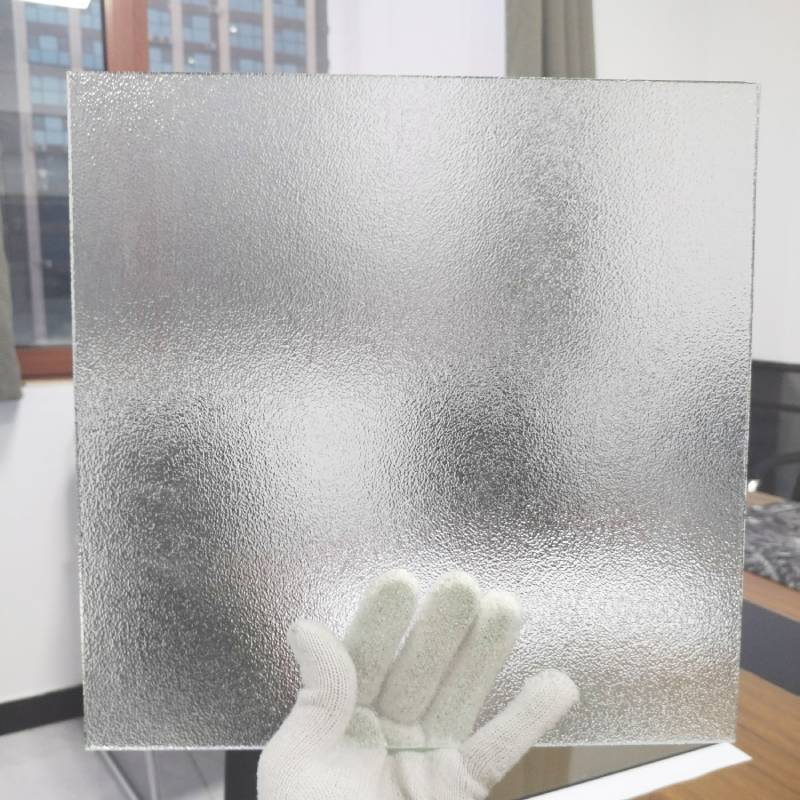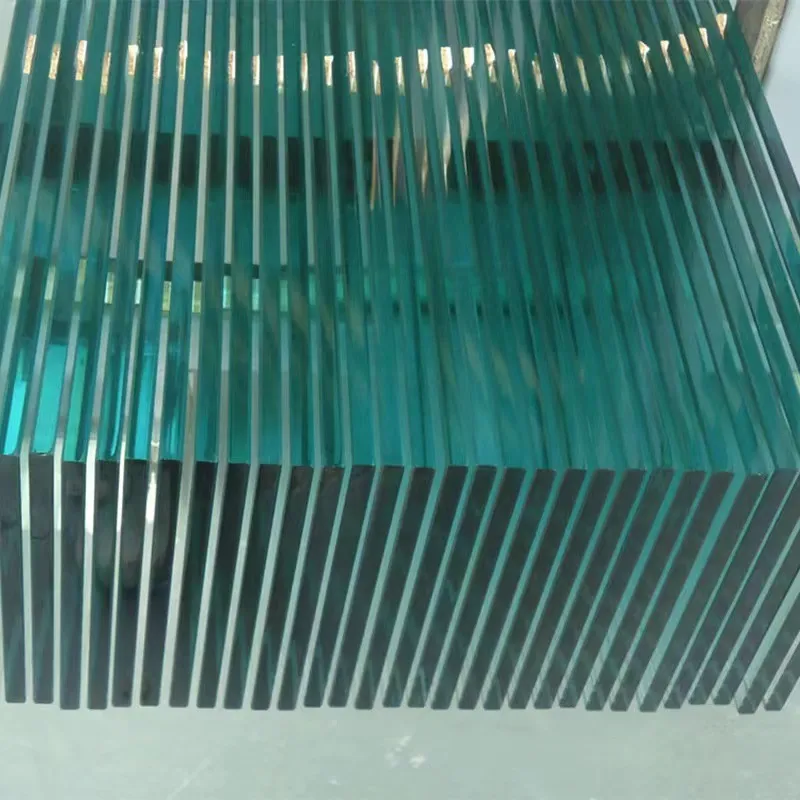The float glass manufacturing process is a cornerstone of the modern glass industry, blending art with precision engineering to produce the flat glass sheets essential to numerous products and architectural designs. As a subject of expertise, understanding this complex yet fascinating procedure not only boosts industry knowledge but can also improve product innovation and quality assessment. Offering deep insights into this process, we explore both its technical accuracy and the tangible experiences of industry experts, ensuring comprehension and appreciation of its pivotal role.

Initially developed in the mid-20th century, the float glass method revolutionized glass production by providing a continuous and uniform thickness to glass sheets, qualities previously unattainable with older techniques. This innovation arose from the creative minds dedicated to problem-solving, leveraging a perfect synchronization between natural elements and engineering creativity.
At the heart of the float glass process lies a molten tin bath — a key component that defines its uniqueness. The process begins with raw materials such as silica sand, soda ash, and dolomite being carefully weighted and mixed before being melted together in a furnace reaching temperatures above 1,500 degrees Celsius (about 2,732 degrees Fahrenheit). This molten glass is then fed onto a bath of molten tin, where it floats like a liquid carpet, achieving unparalleled levels of smoothness and uniformity.

Our industry's experts comment that one of the most important aspects of controlling this step is maintaining the temperature balance. Shifts in atmospheric or material conditions can lead to variations affecting the thickness and quality, thereby necessitating constant precision in monitoring and adjustments. Automated systems often coupled with human oversight ensure the glass spreads to the correct thickness, ranging typically from 0.4 mm to over 25 mm, depending on the intended application.
Once the desired thickness and smoothness are achieved, the glass moves through the annealing lehr — a controlled cooling process crucial to reducing internal stresses. Annealing grants the glass the necessary strength, thus extending its durability and lifespan, an aspect our professionals stress as critical in quality control.
float glass manufacturing process
Industry veterans often underscore the importance of meticulous quality assessment post-productions, such as optical inspections, stress tests, and thermal endurance analyses. These steps confirm that each sheet of glass meets rigorous standards before it advances to cutting and further treatment phases like coating or lamination for specific aesthetic or functional requirements.
The sustainable impact of the float glass method cannot be understated. Today, advancements continue to evolve within the manufacturing landscape, as companies integrate eco-conscious practices. Using recyclable materials and investing in energy-efficient technologies, the float glass process aligns with global sustainability goals — reflecting a commitment not just to industrial advancement but to environmental responsibility as well.
Trust in the quality and consistency of float glass stems from the expert understanding and continual evolution of the manufacturing process. For those in related industries, mastering this process translates to enhanced product offerings—from everyday windows to sophisticated architectural features. The expertise accumulated over decades not only inspires future innovations but also assures that each piece of glass produced is not only fit-for-purpose but exemplary in quality, offering an authoritative standard by which all future productions can be measured.
The blend of science and artistry within the float glass manufacturing process represents a triumph of human ingenuity, its sophisticated elegance acknowledged by all who appreciate both its functionality and form. As industry necessities and consumer demands evolve, so too does this essential process, guided by experts who remain at the forefront of technological advancements, continually re-defining possibilities in glass craftsmanship.
 Afrikaans
Afrikaans  Albanian
Albanian  Amharic
Amharic  Arabic
Arabic  Armenian
Armenian  Azerbaijani
Azerbaijani  Basque
Basque  Belarusian
Belarusian  Bengali
Bengali  Bosnian
Bosnian  Bulgarian
Bulgarian  Catalan
Catalan  Cebuano
Cebuano  Corsican
Corsican  Croatian
Croatian  Czech
Czech  Danish
Danish  Dutch
Dutch  English
English  Esperanto
Esperanto  Estonian
Estonian  Finnish
Finnish  French
French  Frisian
Frisian  Galician
Galician  Georgian
Georgian  German
German  Greek
Greek  Gujarati
Gujarati  Haitian Creole
Haitian Creole  hausa
hausa  hawaiian
hawaiian  Hebrew
Hebrew  Hindi
Hindi  Miao
Miao  Hungarian
Hungarian  Icelandic
Icelandic  igbo
igbo  Indonesian
Indonesian  irish
irish  Italian
Italian  Japanese
Japanese  Javanese
Javanese  Kannada
Kannada  kazakh
kazakh  Khmer
Khmer  Rwandese
Rwandese  Korean
Korean  Kurdish
Kurdish  Kyrgyz
Kyrgyz  Lao
Lao  Latin
Latin  Latvian
Latvian  Lithuanian
Lithuanian  Luxembourgish
Luxembourgish  Macedonian
Macedonian  Malgashi
Malgashi  Malay
Malay  Malayalam
Malayalam  Maltese
Maltese  Maori
Maori  Marathi
Marathi  Mongolian
Mongolian  Myanmar
Myanmar  Nepali
Nepali  Norwegian
Norwegian  Norwegian
Norwegian  Occitan
Occitan  Pashto
Pashto  Persian
Persian  Polish
Polish  Portuguese
Portuguese  Punjabi
Punjabi  Romanian
Romanian  Russian
Russian  Samoan
Samoan  Scottish Gaelic
Scottish Gaelic  Serbian
Serbian  Sesotho
Sesotho  Shona
Shona  Sindhi
Sindhi  Sinhala
Sinhala  Slovak
Slovak  Slovenian
Slovenian  Somali
Somali  Spanish
Spanish  Sundanese
Sundanese  Swahili
Swahili  Swedish
Swedish  Tagalog
Tagalog  Tajik
Tajik  Tamil
Tamil  Tatar
Tatar  Telugu
Telugu  Thai
Thai  Turkish
Turkish  Turkmen
Turkmen  Ukrainian
Ukrainian  Urdu
Urdu  Uighur
Uighur  Uzbek
Uzbek  Vietnamese
Vietnamese  Welsh
Welsh  Bantu
Bantu  Yiddish
Yiddish  Yoruba
Yoruba  Zulu
Zulu 


